Studio Ghibli is famous for its breathtaking animation, captivating storylines, and unforgettable characters.
Among its lesser-known treasures is "Pom Poko" (1994), a masterpiece directed by Isao Takahata that offers a unique glimpse into the world of Japanese folklore through the eyes of shape-shifting raccoon dogs, or tanuki.
These charming and mischievous creatures embark on a journey to protect their home from urban development, blending adventure, humor, and poignant themes of environmentalism.
In this blog post, we'll explore the significance of the characters from "Pom Poko" and their connection to Japanese folklore, giving you a deeper understanding of this magical and beloved film.
Let's talk about the shapeshifting raccoon dogs, or tanuki, in "Pom Poko"!
Tanuki
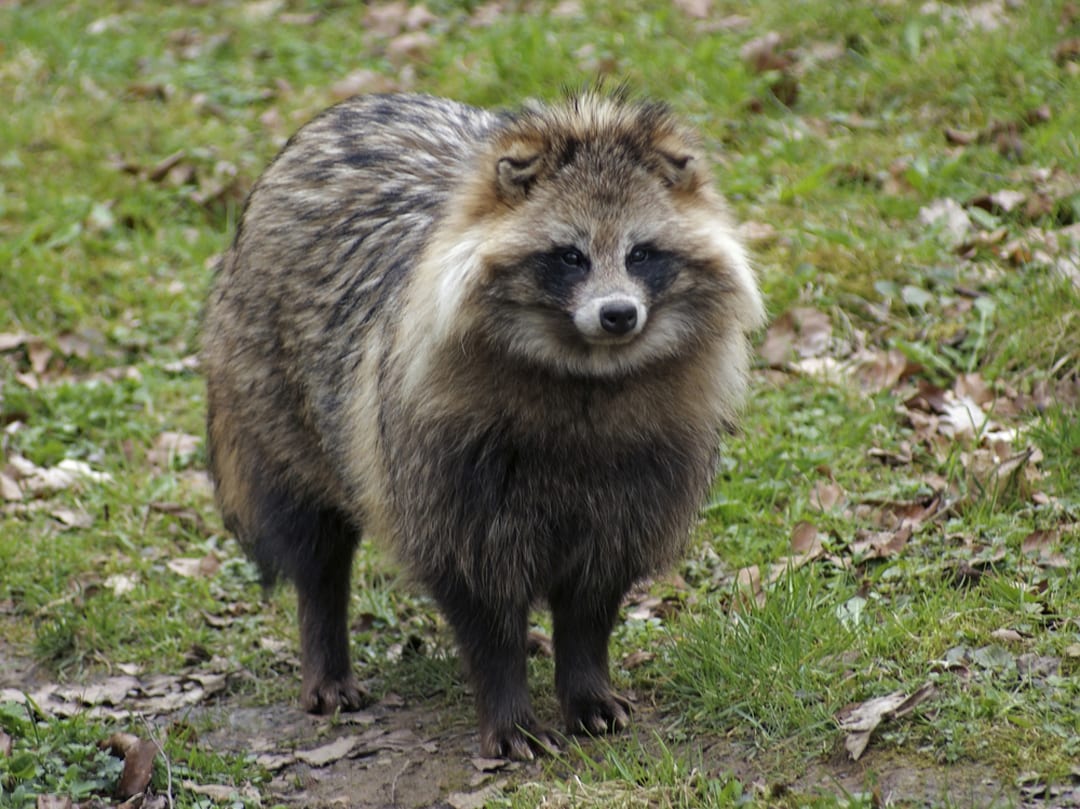
Wild Tanuki
Tanuki have been a significant part of Japanese folklore for centuries, known for their magical abilities to transform and their love for mischief.
In the film, the tanuki use their shapeshifting powers to fight against human development, taking on different forms like humans, objects, and even mythical creatures.
This fantastical element pays homage to traditional tales where tanuki would use their powers to trick humans or animals.
(A host father I had during my exchange to Japan once went out of his way to chase a Tanuki out of his yard with a broom because he believed they would trick you and shapeshift into a loved one.)
Gonta
The film's primary character, Gonta, is a brave and fierce warrior who leads the community's fight to save their habitat.
Gonta draws inspiration from the folklore figure of the samurai, embodying the ideals of loyalty, honor, and bravery.
His unwavering dedication to the cause and willingness to face danger make him an important symbol of resistance and hope.
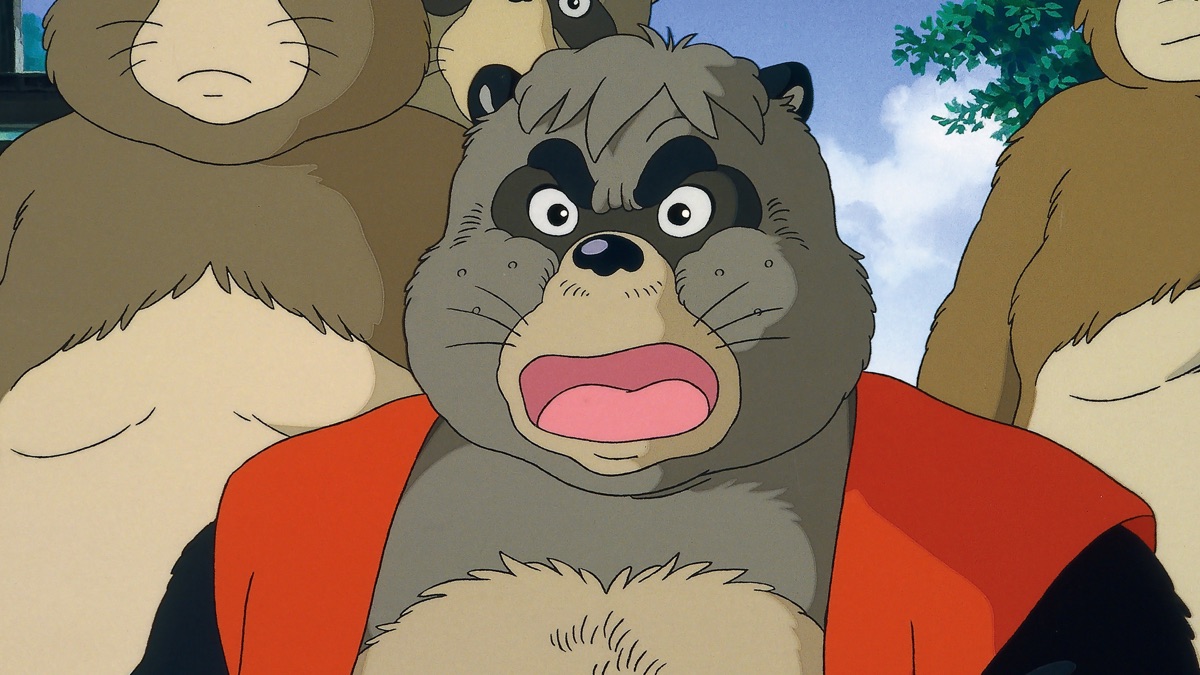
Gonta- "Pom Poko" (1994)
Through its characters and themes, "Pom Poko" offers a unique insight into the rich world of Japanese folklore, bringing to life the lovable and mischievous tanuki and their magical powers
Shoukichi
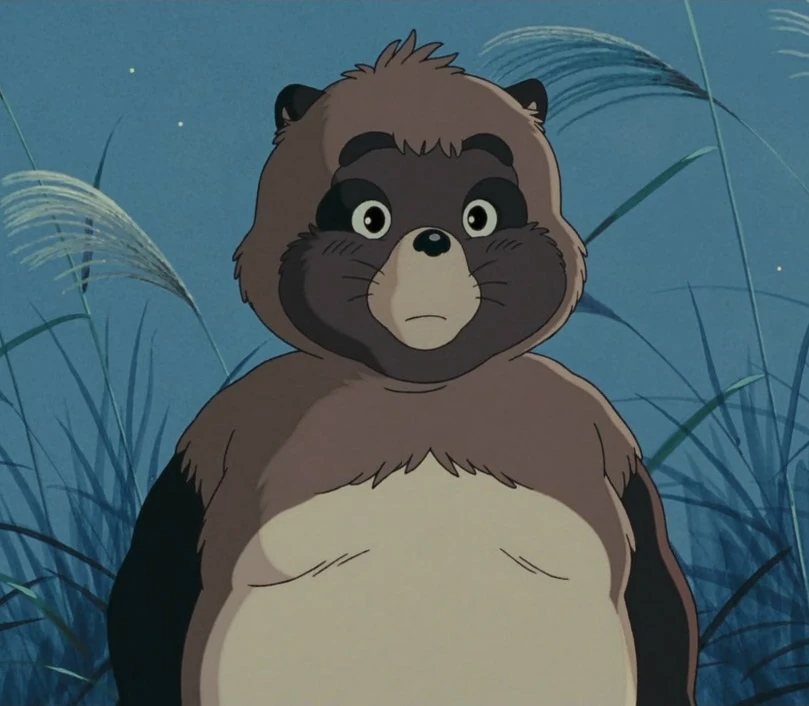
Shoukichi- "Pom Poko" (1994)
Shoukichi is the wise and level-headed leader of the tanuki community, bringing the group together in times of crisis with his strategic and intelligent approach.
His character is reminiscent of the wise sage figures found in Japanese folklore, guiding the tanuki with wisdom and compassion.
Shoukichi's leadership highlights the importance of unity and cooperation in facing the challenges of modernization.
Oroku
Oroku, on the other hand, is an elderly female tanuki who has mastered the art of shapeshifting.
Her role in the film is to teach the younger tanuki how to effectively use their powers.
Although there may not be a specific archetype for an "obaasan" character in Japanese folklore, the concept of a wise elder imparting knowledge and wisdom to the younger generation is a common theme across various folklores, including Japanese.
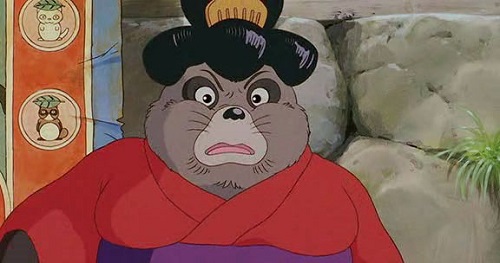
Oroku- "Pom Poko" (1994)
Oroku's role in "Pom Poko" embodies this theme, showcasing the importance of preserving cultural heritage and the power of knowledge.
Ponkichi
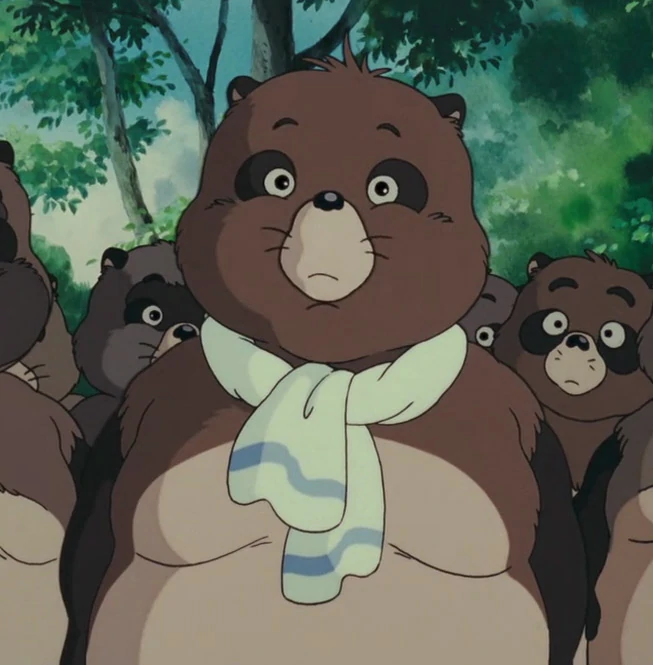
Ponkichi - "Pom Poko" (1994)
Ponkichi is a young and energetic tanuki who enjoys nothing more than playing pranks and having fun.
His character is reminiscent of the classic trickster figure found in Japanese folklore, known for their love of mischief and unpredictability.
Throughout "Pom Poko," Ponkichi's mischievous antics showcase the lighter side of the tanuki's shapeshifting abilities, providing a much-needed sense of humor and levity amidst the serious themes of environmentalism and preservation that permeate the film.
Despite his playful nature, Ponkichi is also an integral member of the tanuki community and participates in their efforts to protect their home from human development, highlighting the importance of balance between fun and responsibility.
"Pom Poko" is a masterful depiction of the rich tapestry of Japanese folklore.
Through its characters, the film teaches viewers about the culture and history of Japan, while also addressing contemporary environmental issues.
By bringing the world of tanuki and their magical abilities to life, "Pom Poko" reminds us of the importance of preserving our natural world, cultural heritage, and the stories that have been passed down through generations.
